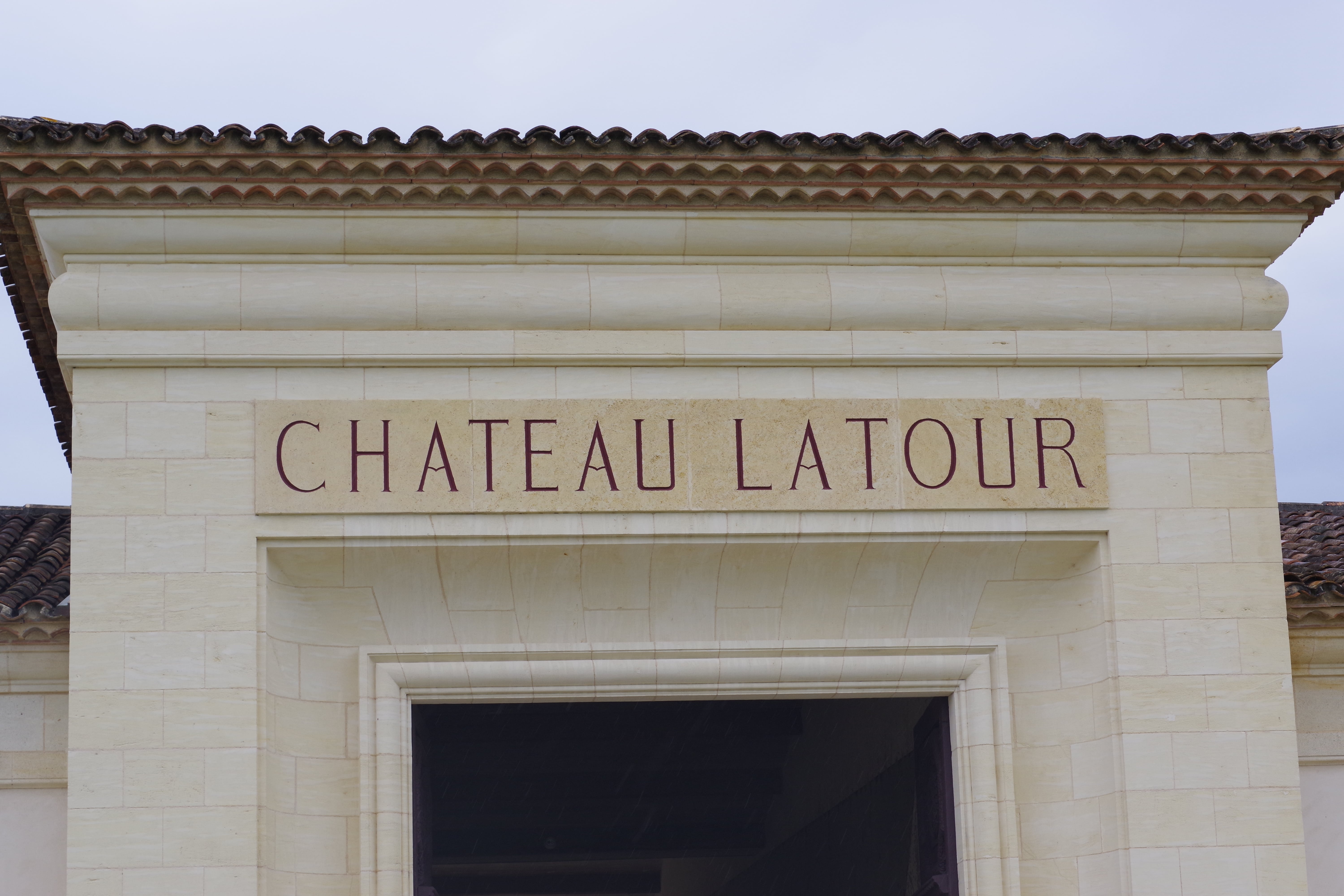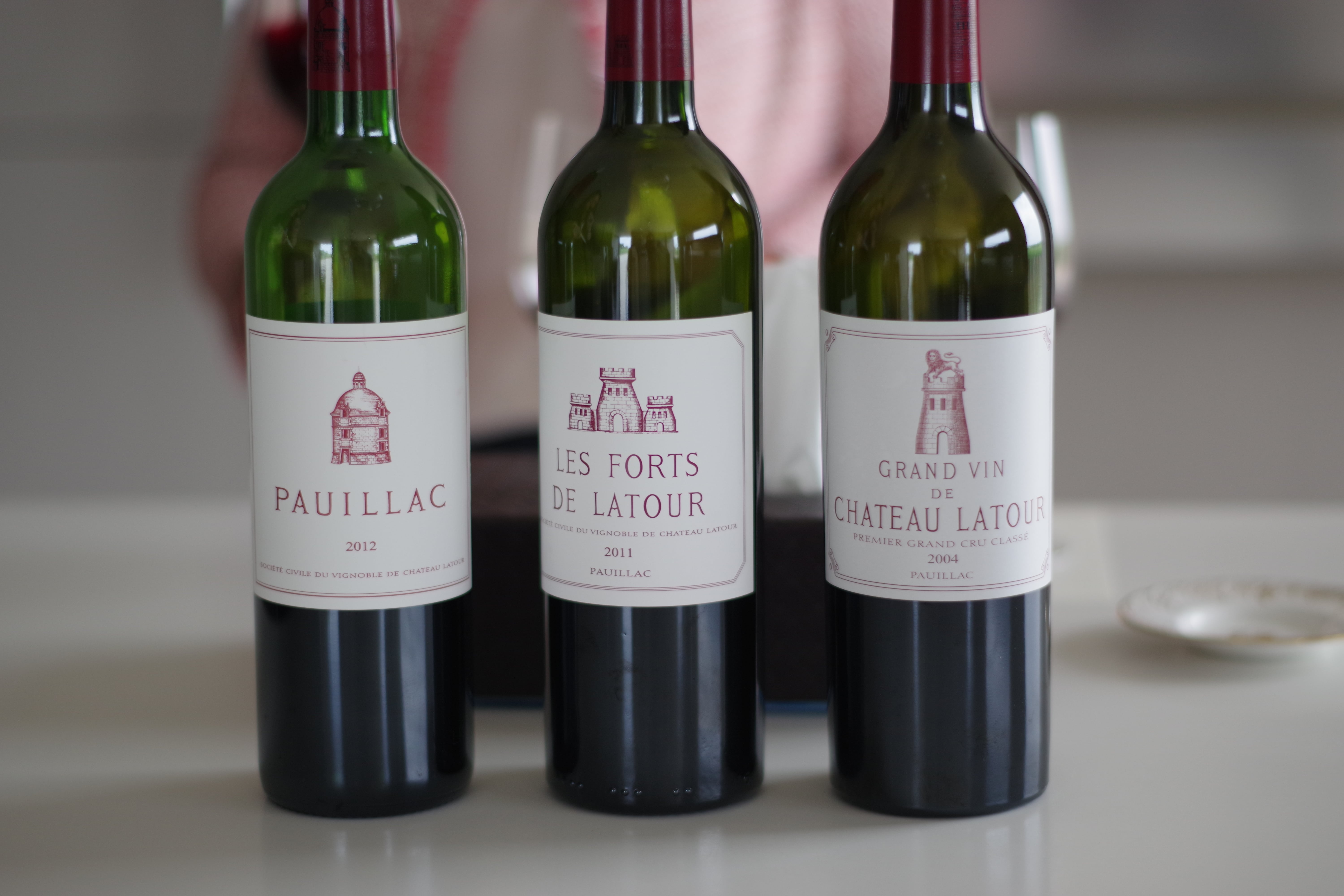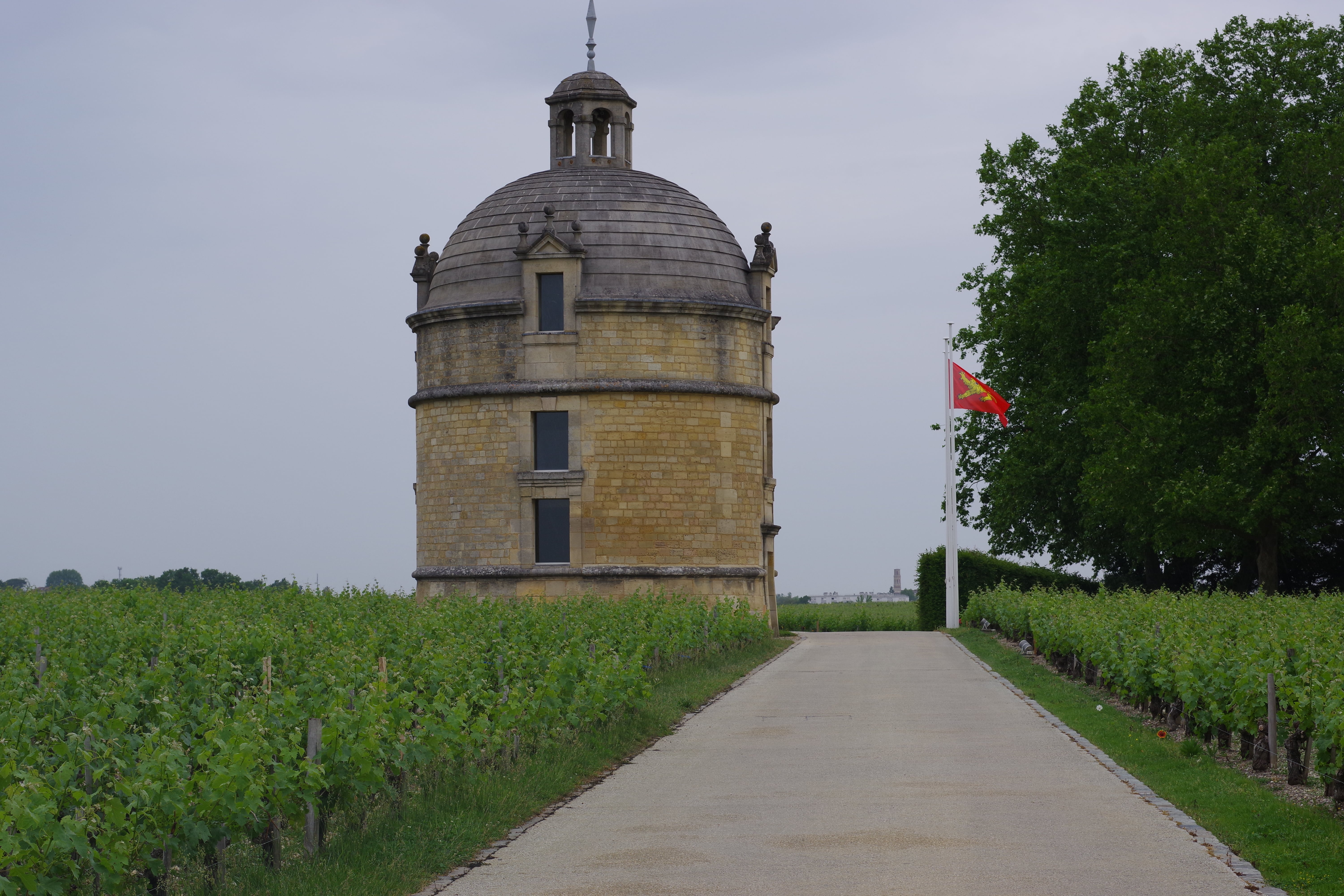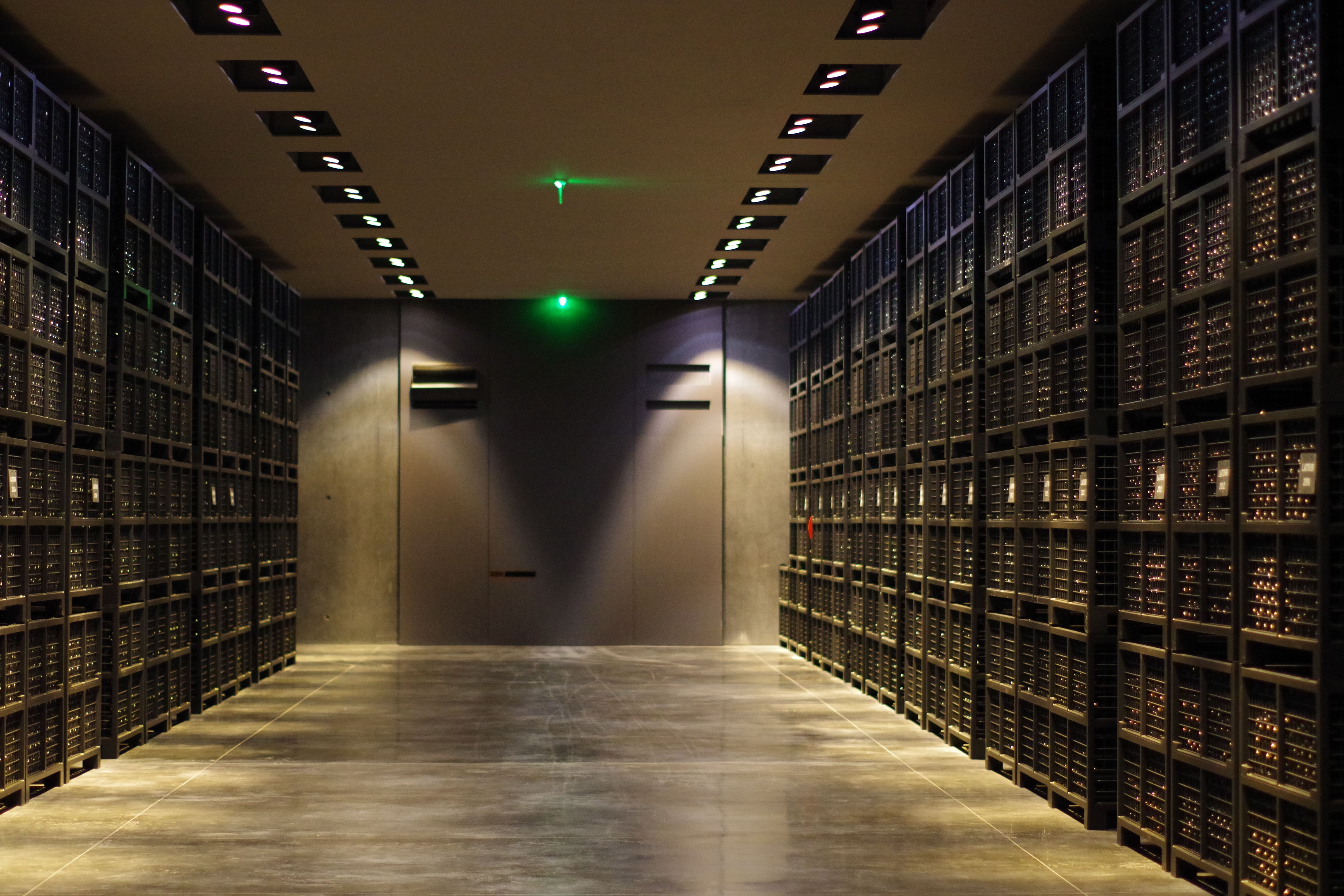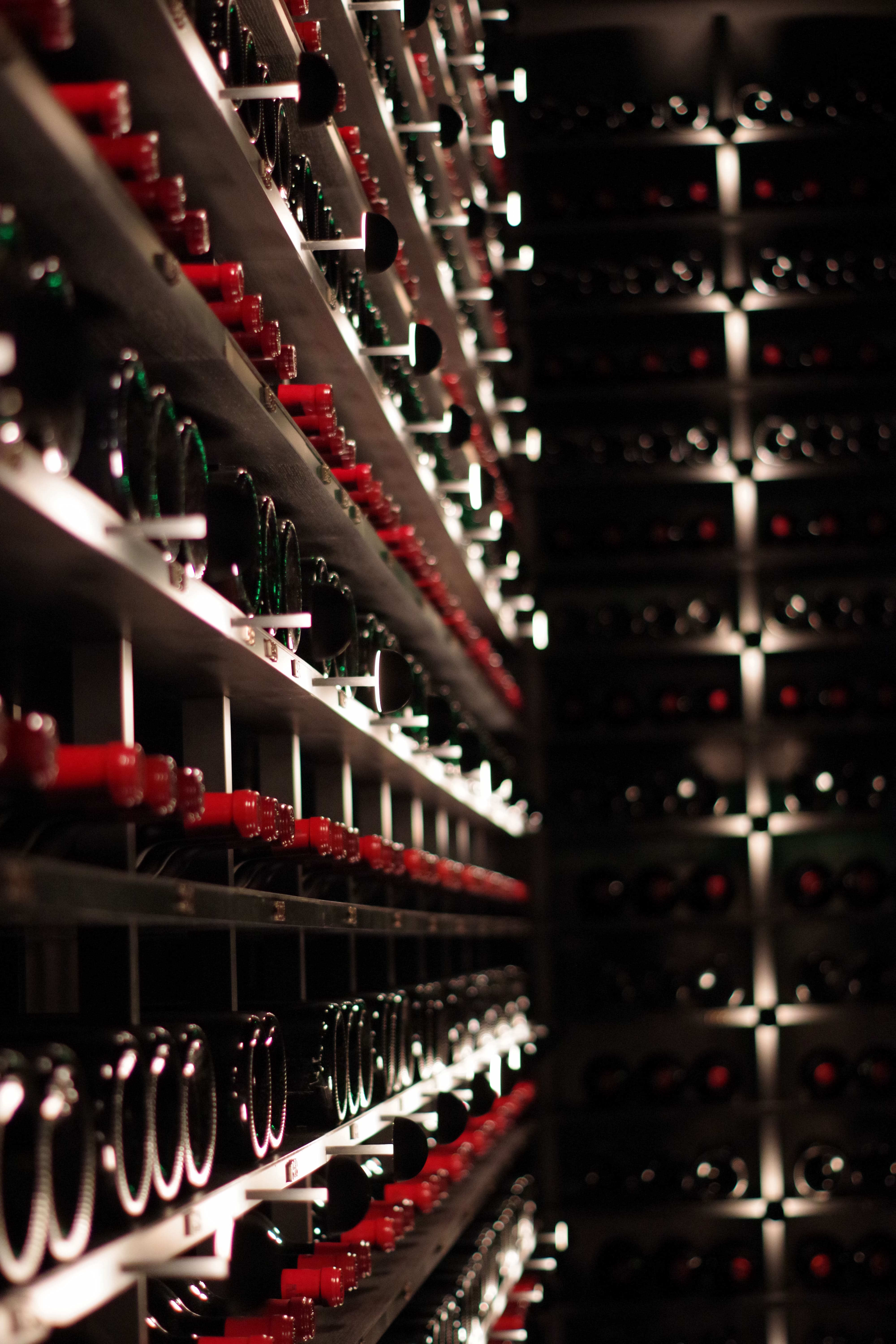The oldest document mentioning Latour dates back to 1331. It is an official authorization granted to Gaucelme de Castillon by Lord Pons to build a tower in the St-Maubert land. The Saint Maubert tower was a defensive fortress during the hundred year war. After decades of inheritance, marriages and changes of ownership, the estate came in the hands of Alexandre de Ségur, the prince of wines and also the owner of Lafite-Rothschild. Following the revolution and many dividing inheritances, the growing amount of co-owners had to form a non-trading company to take care of the estate. For a while, the company was exclusively formed of Ségur descendant, but eventually most of the shares were bought by the English financial group Pearson and Allied Lyons. However, in 1993, François Pinault, acquired Latour for 131 Million dollars and, thus the estate became French again.
Château Latour produces 3 wines: the Grand Vin, which always comes from the vines immediately surrounding the château, known as L’Enclos; Les Forts de Latour, the second wine, created in 1966; and finally a third wine, simply called Pauillac de Latour, usually the product of young vines. Besides l’Enclos, the vineyard is composed of various smaller plot of lands such as petit batailley and Pinada, amongst others.
Le document le plus ancien mentionnant Latour remonte à 1331. Il s’agit d’une autorisation officielle accordée à Gaucelme de Castillon par Lord Pons pour construire une tour dans la région de St-Maubert. La tour Saint Maubert était une forteresse défensive pendant la guerre de cent ans. Après des décennies d’héritages, de mariages et de changements de propriété, le domaine est passé entre les mains d’Alexandre de Ségur, prince des vins et aussi propriétaire de Lafite-Rothschild. Après la révolution et de nombreux héritages divisant la propriété, le nombre croissant de copropriétaires ont dû former une société civile pour traiter les affaires du domaine. Pendant un certain temps, la société a été exclusivement formée de descendants Ségur, mais finalement la plupart des actions ont été achetées par le groupe financier anglais Pearson et Allied Lyons. Cependant, en 1993, François Pinault, a acquis Latour pour 131 millions de dollars et, ainsi, la succession est redevenue française.
Le Château Latour produit 3 vins: le Grand Vin, qui provient toujours des vignes qui entourent immédiatement le château, dénommé L’Enclos; Les Forts de Latour, le second vin, créé en 1966; Et enfin un troisième vin, appelé simplement Pauillac de Latour, généralement produit de jeunes vignes. Outre l’Enclos, le vignoble est composé de plusieurs petits terrains tels que le petit Batailley et Pinada, entre autres.
PRIMEURS
The Pauillac first growth has decided that 2011 will be its last vintage sold en Primeur. Instead, the first wine and second wine Les Forts de Latour, will only be sold when they believe they are becoming ready to drink. Before this announcement, Latour has been reducing the amount of wine sold en primeur for the past decade, building up supplies at the chateau in anticipation of this strategy as well as building a new, gigantic cellar to store all those bottles for years. This year, they have chosen to release the Grand Vin de Château Latour 2005 and Les Forts de Latour 2011 which are both considered ready to drink, or to be enjoyed, while still having the potential for cellaring.
La premier grand cru classé de Pauillac a décidé que 2011 sera son dernier millésime vendu en Primeur. Le premier vin et le second vin Les Forts de Latour, ne seront dorénavant vendus que lorsqu’ils seront considérés prêts à boire. Avant cette annonce, Latour a réduit la quantité de vin vendu en primeur depuis la dernière décennie, développant des réserves au château en prévision de cette stratégie et construisant une nouvelle cave gigantesque pour stocker toutes ces bouteilles depuis des années. Cette année, ils ont choisi de libérer le Grand Vin de Château Latour 2005 et Les Forts de Latour 2011 qui sont tous deux considérés comme prêts à boire, tout en ayant toujours un potentiel de garde.
